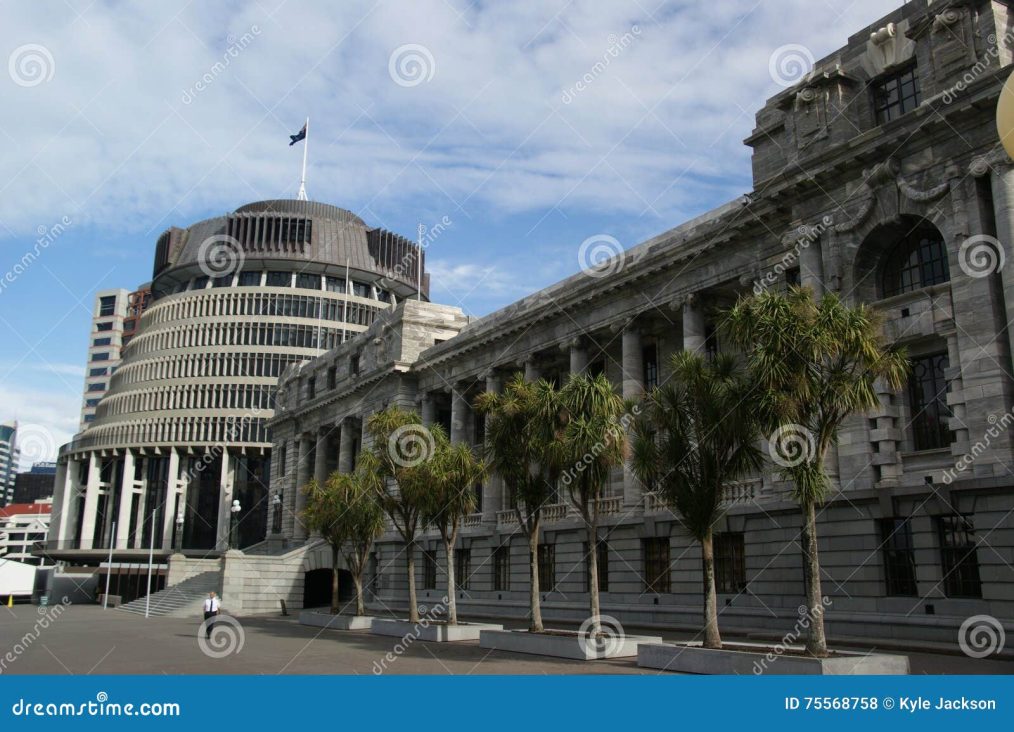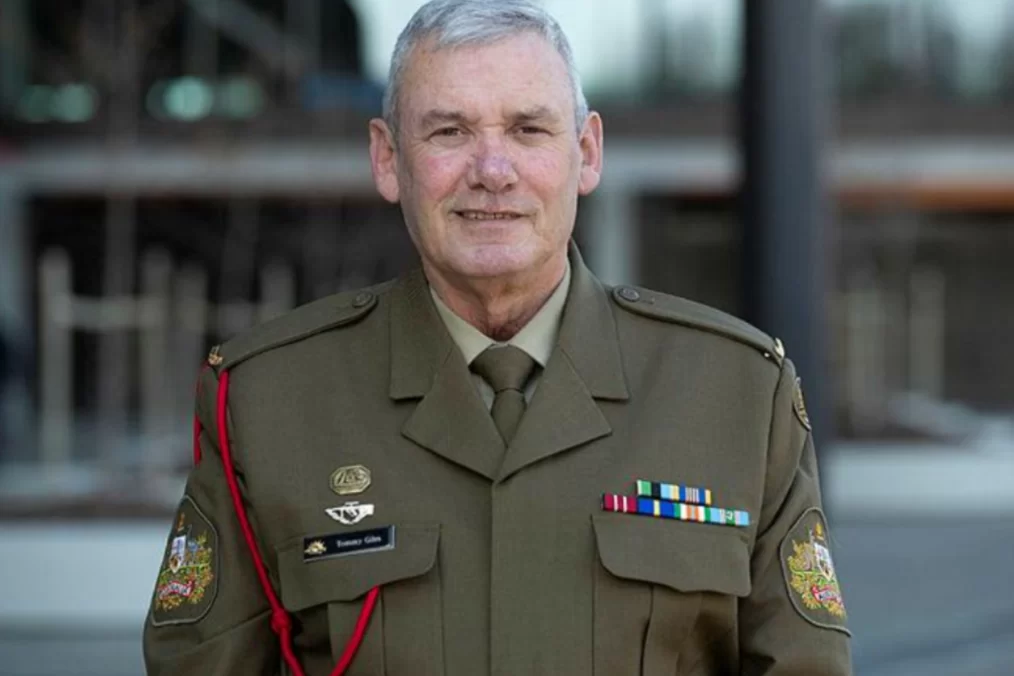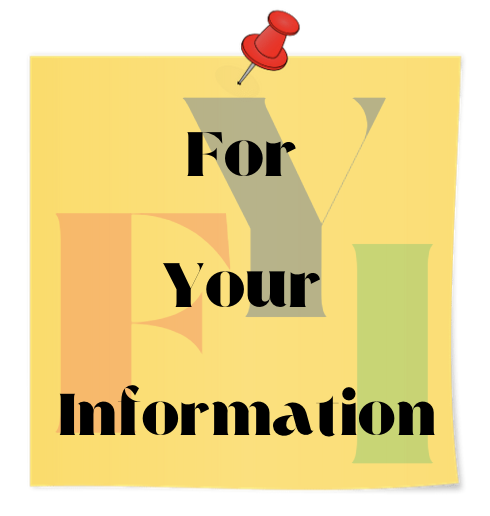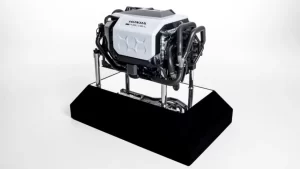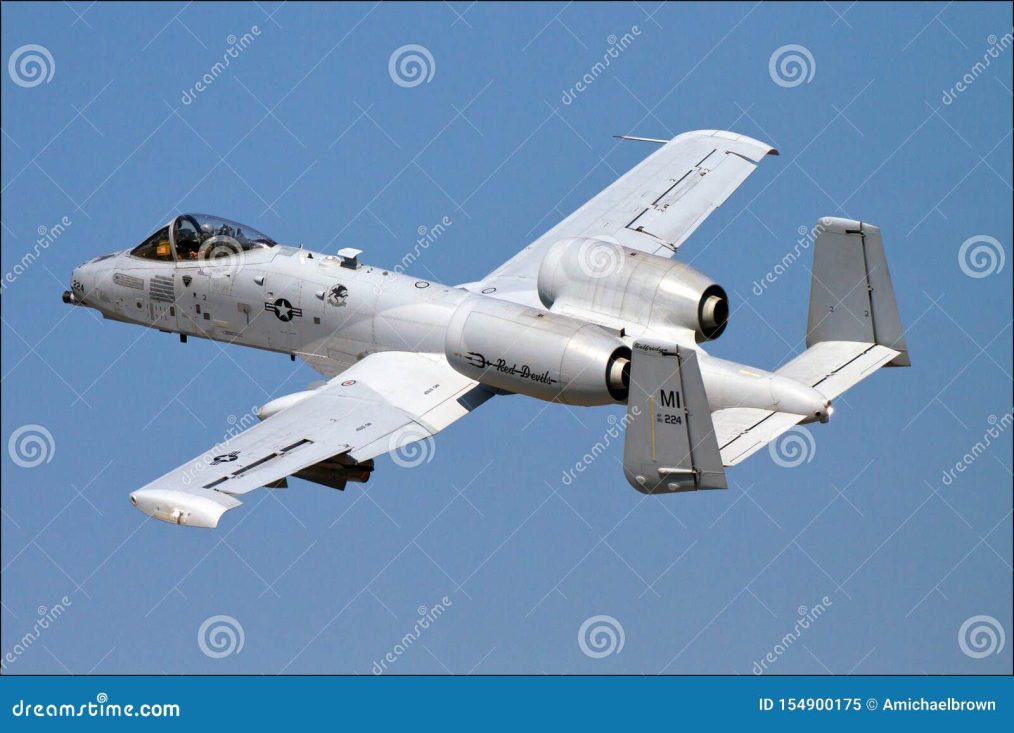Pauline Hanson’s Speech in the Senate
ED: From my inbox multiple times.
Pauline Hanson has made claims about why many Australians voted no to the Indigenous Voice to Parliament, before hitting out at the term ‘Traditional Owners’ in a fiery speech that sparked outrage in parliament.
On Monday One Nation leader Senator Hanson approvingly read out to the Senate a comment on her Facebook page from ‘Rebecca’ while delivering a stinging postmortem on the defeated Voice referendum.
‘Can we stop using the term Traditional Owners?’ Senator Hanson quotes the post as asking.
‘Aborigines did not and do not own Australia. They were original inhabitants, and that is it.’
Mother Nature provided all what Aboriginals claim as theirs. They did not build Ayer’s Rock, the Three Sisters, Kakadu, the river systems, the mountains etc.
‘They used the land and its natural resources and structures that were already there.
‘They did not construct or design a damn thing and just as they continue, they do today they use and take whatever is available to them.
‘That’s how a lot of Australians feel.’
Senator Lidia Thorpe’s interjected: ‘Not all Australians’.
‘What people tend to forget, like Senator Thorpe, is that I was born here too so were millions of other Australians and the migrants who have come here, ‘Senator Hanson continued.
‘All I have asked for is equality for all Australians. If you need it, you get that helping hand. If you don’t need it, then fine you don’t.
‘If you work hard for what you need and that’s been proven by the 11 Senators in this Parliament who actually are of Aboriginal descent and yet you want special treatment. ‘And you don’t deserve it, no more than millions of other Australians,’ Senator Hanson said with a glare across the chamber.
The shouted interruptions increased until Senate President Sue Lines intervened and told both Senators to take their seats.
After a telling pause, she told Senator Hanson to resume but to address remarks to her as the chair.
Senator Hanson resumed and asserted that Australia ‘does not only belong to the Stone Age hunter gatherers discovered by the British explorers and settlers’.
‘I have to ask the question what special or unique contribution entitle Indigenous Australians to special or unique rights greater than anybody else. The answer is none whatsoever, ‘Senator Hanson said.
‘There has only ever been one nation on this continent founded on the first of January 1901 so there cannot be a legitimate treaty, and this means there is no requirement for so-called “truth telling”,’
she said.
‘This is rewriting history to maximize settlements in a treaty, just forget it.
‘We are all Australians together and should be treated equally.’
Earlier in the same speech Senator Hanson had singled Senator Thorpe out for special mention.
‘There is no war on Indigenous Australians as Senator Thorpe pretends,’ Senator Hanson said.
‘That she sits in parliament along with other Indigenous people shows this claim for the lie that it is.
‘Senator is no victim on her taxpayer funded salary and most Indigenous people reject the idea they are victims.’
Senator Hanson also accused Prime Minister Anthony Albanese and other proponents of the Voice of being ‘out of touch’.
ED: In my view:
In her recent speech, Senator Pauline Hanson delivered a passionate address that bravely explores the complexities surrounding the Indigenous Voice to Parliament. The speech opens with a quote from a supporter named Rebecca, providing a platform for the discussion on the use of the term ‘Traditional Owners.’ This immediately sets the stage for a candid and thought-provoking conversation on Indigenous representation in Australia.
Senator Hanson echoes Rebecca’s sentiment, suggesting that Aboriginal Australians, as the original inhabitants, did not claim ownership of the land but rather embraced it as part of their heritage. The speech skillfully highlights the perspective that Indigenous communities utilized the natural resources and structures already present, rather than constructing or designing new elements.
The Senator goes on to advocate for equality, emphasizing her belief that all Australians, regardless of background, should be treated fairly. She draws attention to her own Australian heritage and that of millions of others, underlining the shared identity of those born in the country and migrants alike.
The passionate dialogue reaches a climax with Senator Lidia Thorpe’s interjection, leading to a spirited exchange in the parliamentary chamber. Despite the interruptions, Senator Hanson skillfully maintains her focus, addressing the importance of equality and refuting claims of victimhood.
The speech further delves into the historical context, questioning the need for a treaty or “truth telling.” Senator Hanson asserts that Australia’s foundation as a nation in 1901 renders the concept of a legitimate treaty obsolete. This perspective is presented with a strong conviction that encourages listeners to reconsider historical narratives.
My conclusion, Senator Hanson’s speech fosters a positive dialogue by challenging existing narratives and advocating for equality among all Australians. While her views may be controversial, the speech demonstrates a commitment to fostering a sense of shared identity and dismantling perceived divisions. The passionate delivery and unwavering stance contribute to a compelling discourse on Indigenous rights and national unity.
Ray.

